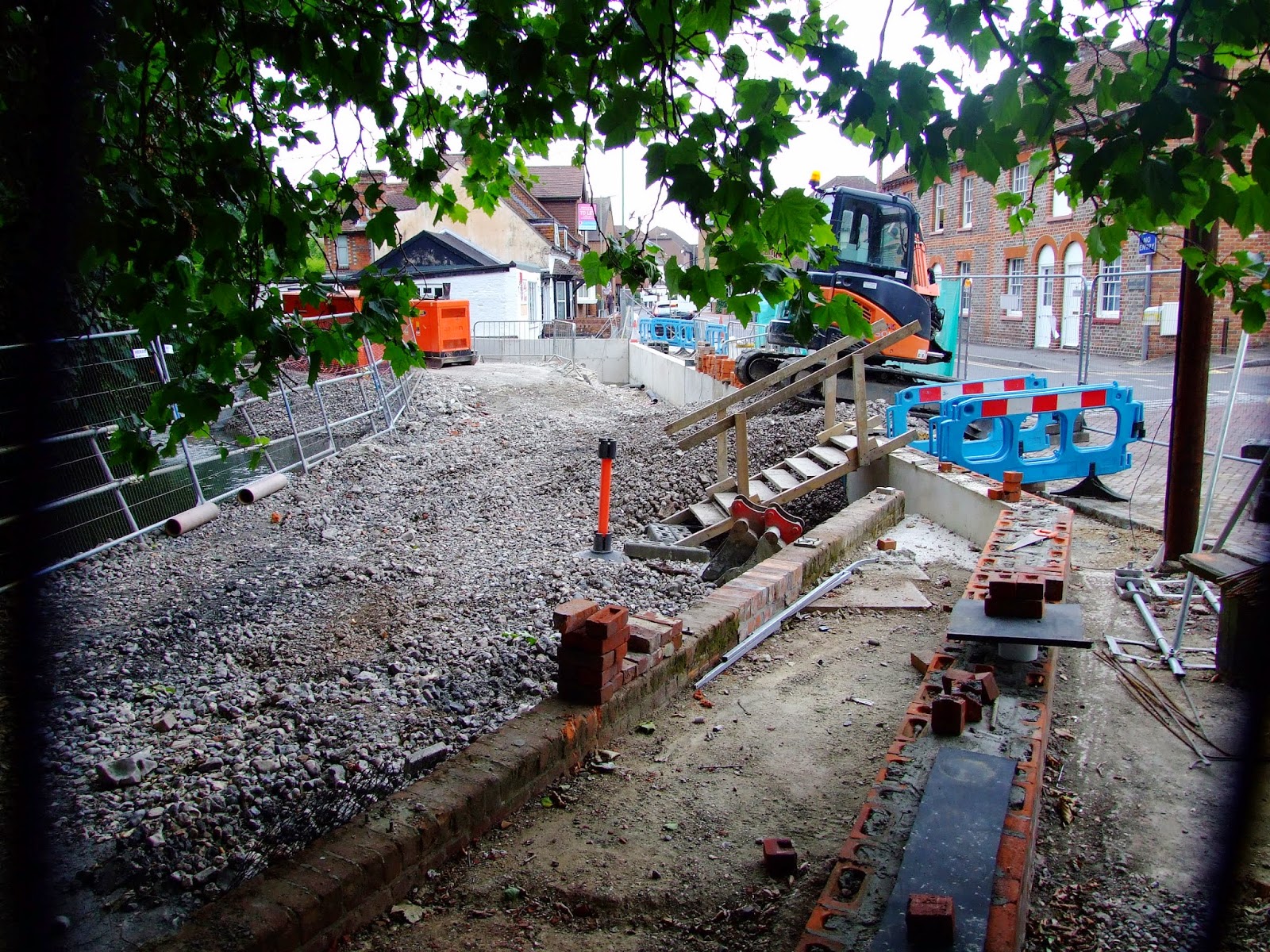A Government reshuffle has today seen Newbury MP Richard Benyon removed from the post of Parliamentary Under Secretary of State at the Department for the Environment, Food and Rural Affairs (DEFRA), where his remit included responsibility for inland waterways.
Despite the surprise departure of LibDem Scotland Secretary Michael Moore less than a year before the referendum on Scottish independence, the sacking of Mr Benyon is not thought to be a result of his failure to progress DEFRAs consideration that English and Welsh constituents may enjoy a legal Public Right of Navigation (PRON) which would place them on par with the electorate in Scotland.
As environmental gaffes and apparent support to vested countryside landowning interests (you may remember something about buzzards, carbofuran, quarrying, ragwort, sea fish (he was the Fisheries Minister too), and Walshaw Moor) have previously seemed to be insufficient reason to remove David Cameron's cousin's riparian Kennet riverside neighbour from office, you might wonder why now (badgers might have been the final straw), or if this presages a genuine change in the Government's approach to its citizens.
Let's briefly give George Eustace, who is Richard Benyon's replacement, the benefit of the doubt accorded to a relatively unknown player in the access debate, and trust that he will be supporting the wider populace rather than the anachronistic few. Don't hold your breath though, as the status quo elitist position of access denial remains a dominant theme in our political society, and will deserve further rebuttal if the new man proves to be a conservative clone.
The good news with regard to canoeing and kayaking on the River Kennet is that during Mr Benyon's time in office there was no meaningful challenge to the idea of a PRON, and the Benyon's Estate were forced to admit that "the entire stretch is fully navigable by water craft". You might want to consider this statement if you've read this relatively recent and unusually limited thread from the Reading and District Angling Association.
Happy paddling!
UPDATE
George Eustace may not be the Minister of primary interest to paddlers after all. Another Cornwall MP, Dan Rogerson, has also been appointed to DEFRA, and the division of the portfolio is as yet unclear. The Countryside Alliance has reported that "George Eustace will be taking on the farming & animals brief, Dan Rogerson water, forests & climate". Where responsibility for inland waterways and access will sit is as yet unclear.
Despite the surprise departure of LibDem Scotland Secretary Michael Moore less than a year before the referendum on Scottish independence, the sacking of Mr Benyon is not thought to be a result of his failure to progress DEFRAs consideration that English and Welsh constituents may enjoy a legal Public Right of Navigation (PRON) which would place them on par with the electorate in Scotland.
As environmental gaffes and apparent support to vested countryside landowning interests (you may remember something about buzzards, carbofuran, quarrying, ragwort, sea fish (he was the Fisheries Minister too), and Walshaw Moor) have previously seemed to be insufficient reason to remove David Cameron's cousin's riparian Kennet riverside neighbour from office, you might wonder why now (badgers might have been the final straw), or if this presages a genuine change in the Government's approach to its citizens.
Let's briefly give George Eustace, who is Richard Benyon's replacement, the benefit of the doubt accorded to a relatively unknown player in the access debate, and trust that he will be supporting the wider populace rather than the anachronistic few. Don't hold your breath though, as the status quo elitist position of access denial remains a dominant theme in our political society, and will deserve further rebuttal if the new man proves to be a conservative clone.
The good news with regard to canoeing and kayaking on the River Kennet is that during Mr Benyon's time in office there was no meaningful challenge to the idea of a PRON, and the Benyon's Estate were forced to admit that "the entire stretch is fully navigable by water craft". You might want to consider this statement if you've read this relatively recent and unusually limited thread from the Reading and District Angling Association.
Happy paddling!
UPDATE
George Eustace may not be the Minister of primary interest to paddlers after all. Another Cornwall MP, Dan Rogerson, has also been appointed to DEFRA, and the division of the portfolio is as yet unclear. The Countryside Alliance has reported that "George Eustace will be taking on the farming & animals brief, Dan Rogerson water, forests & climate". Where responsibility for inland waterways and access will sit is as yet unclear.

































.JPG)
.JPG)




+crop.JPG)


.JPG)
.JPG)







